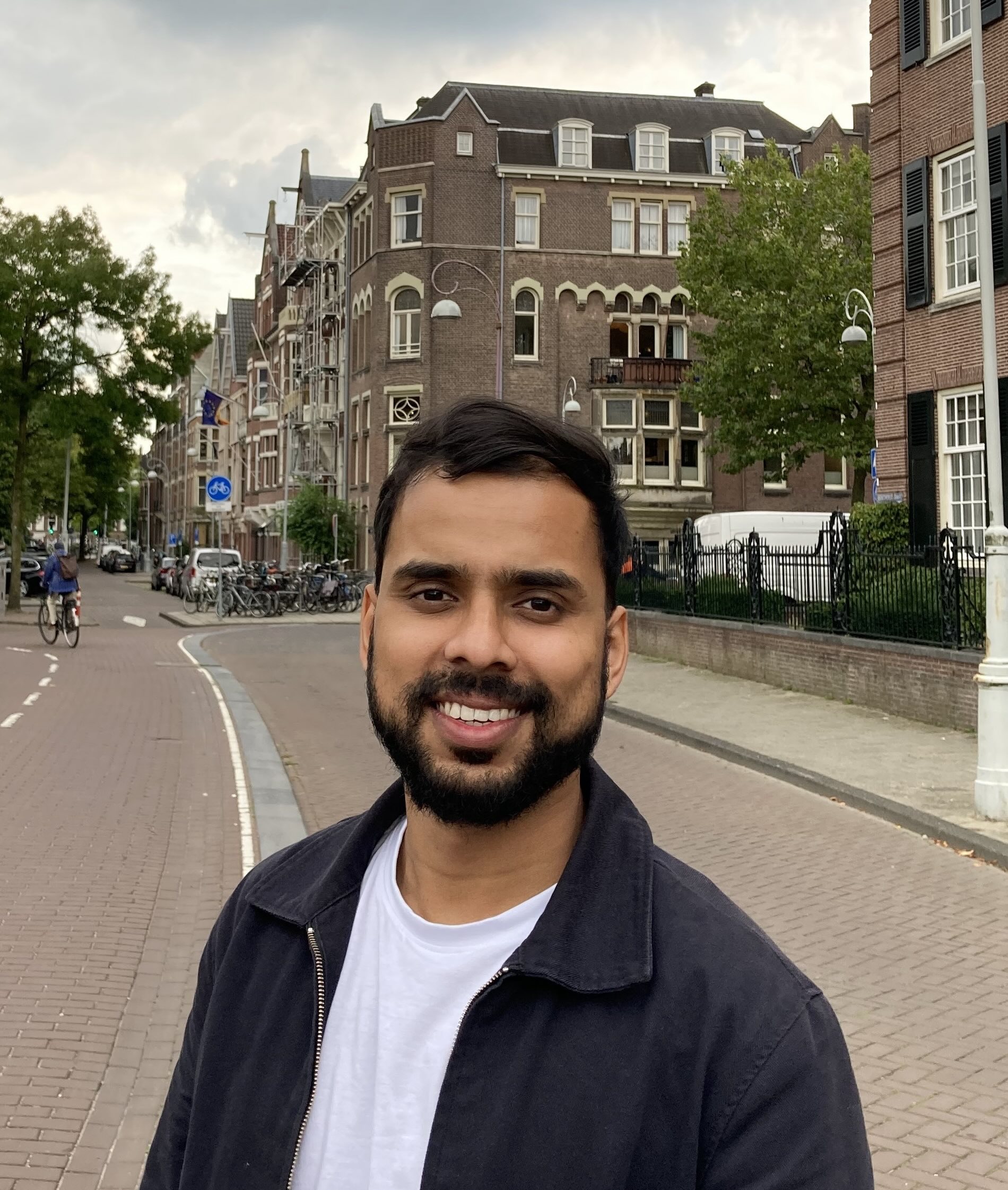| Sep 2025 |
Prof. Daniel Wik from the University of Utah will spend 6 months at ARI during his sabbatical. |
April 2025 |
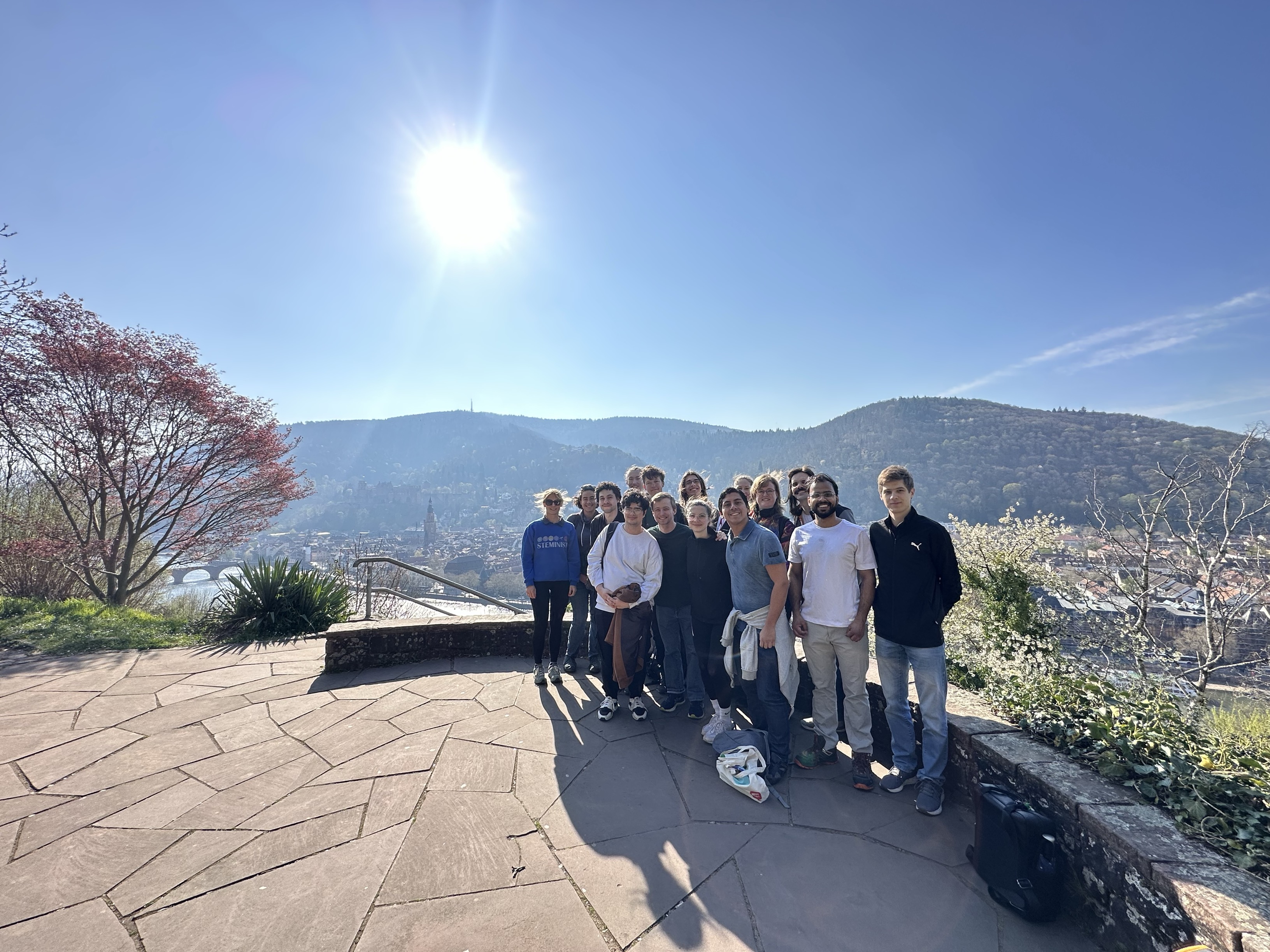
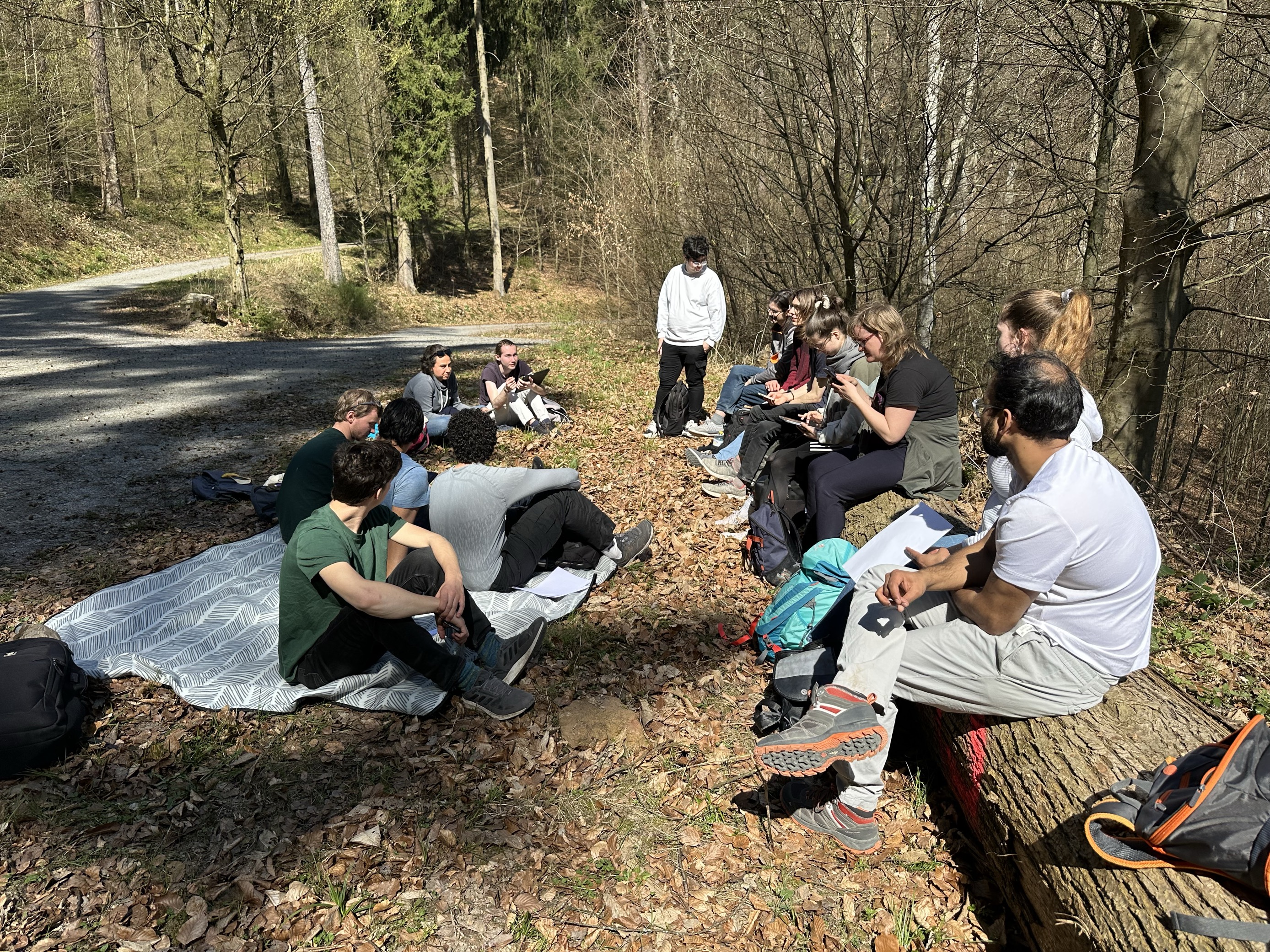
GALENA group hike. 13km hike and 6 paper discussions. |
March 2025 |
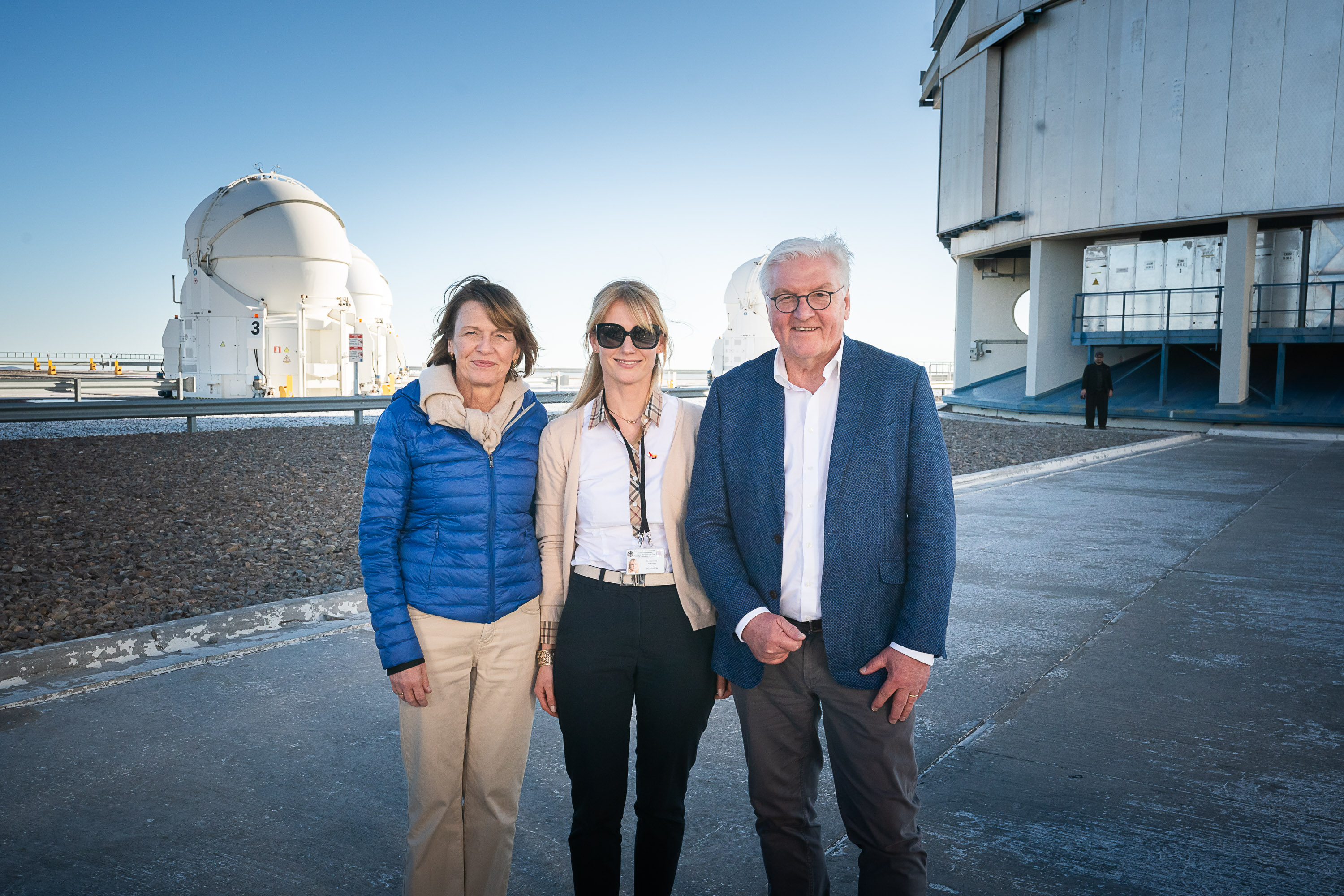
Dominika Wylezalek accompanies German head-of-state president Steinmeier to South America as part of the German delegation representing astrophysics during a visit to the Very Large Telescope and the Extremely Large Telescope. |
March 2025 |
New paper by Pranav Kukreti "Feedback from low-to-moderate luminosity radio-AGN with MaNGA" ADS Link |
Dec 2024 |

The GALENA group at the Heidelberg Christmas market. |
September 2024 |
New paper by Marco Alban on "Mapping AGN winds: a connection between radio-mode AGN and the AGN feedback cycle " ADS Link |
September 2024 |
Bruno Dall'Agnol de Oliveira and Rodrigo Freitas join the GALENA group as new postdoc and PhD student respectively as part of a joint DAAD/CAPES program. Welcome! |
July 2024 |
Wuji Wang defends his PhD thesis as the first PhD student in the GALENA group. Congratulations Wuji and good luck for your postdoc at Caltech / IPAC! |
July 2024 |
Jelena Ritter and Benjamin Beckmann conclude their Master projects. Well done! |
April 2024 |
New paper led by Caroline Bertemes on BH mass estimates with JWST in a powerful quasar at z ~ 3. ADS Link |
Mar 2024 |
Dominika Wylezalek receives the Heinz Maier-Leibnitz Preis by the DFG. Press Release |
Feb/March 2024 |
Virginia Lenk was selected as an ESA intern and will spend 6 months at ESAC in Madrid. Wuji Wang was offered a postdoctoral position at Caltech. Congratulations to both! |
Feb 2024 |
Delvin Ahmeti successfully defends his BSc thesis. Congratulation Delvin! |
Feb 2024 |
New paper led by Wuji Wang on exciting JWST data in a high-z radio-loud AGN. Powerful AGN but weak feedback?! "JWST discovers an AGN ionization cone but only weak radiatively driven feedback in a powerful z ≈ 3.5 radio-loud AGN" ADS Link |
Jan 2024 |
Virginia Lenk successfully defends her BSc thesis. Congrats Virginia! |
Dec 2023 |
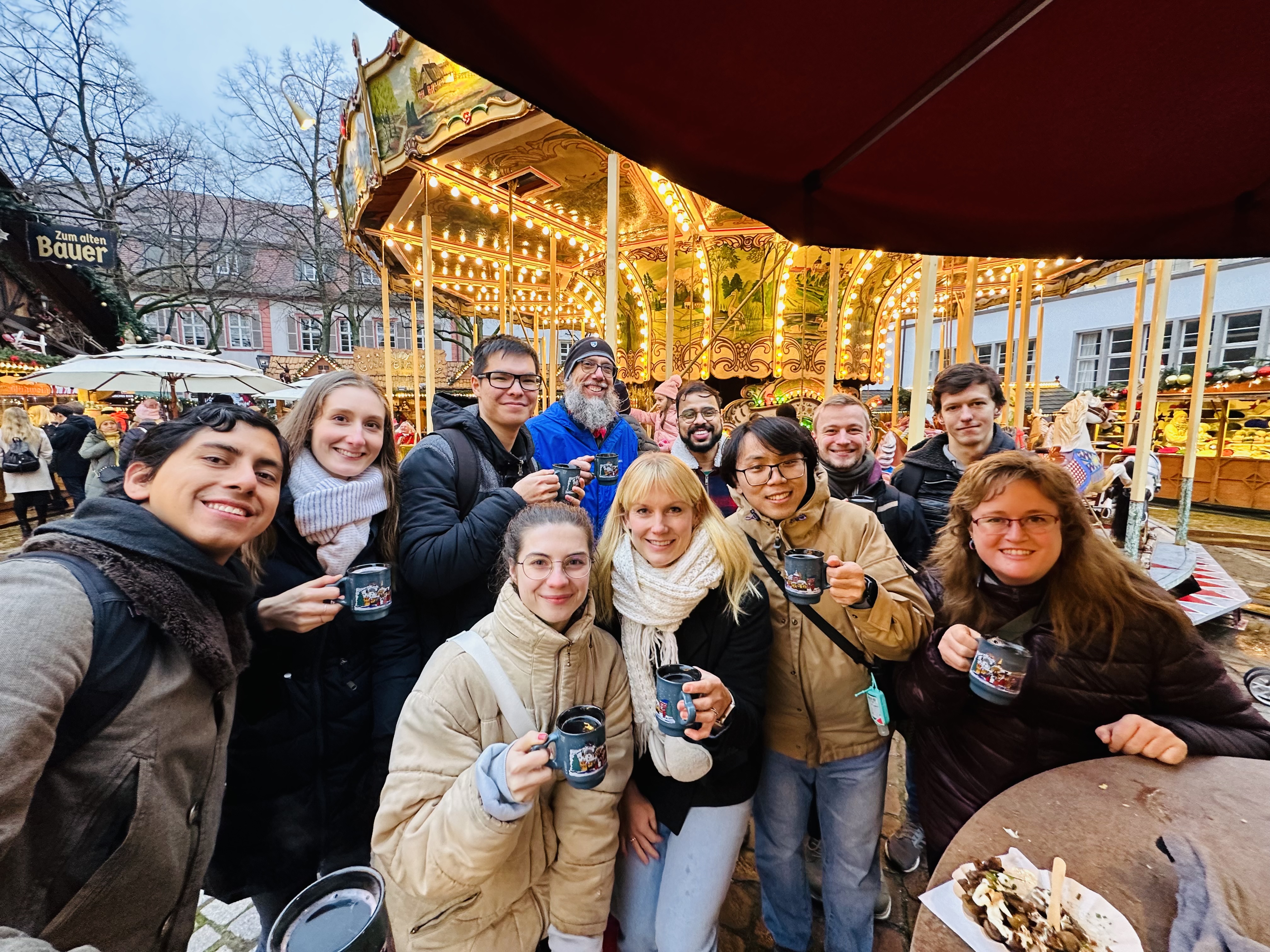
The GALENA group at the Heidelberg Christmas market. |
Nov 2023 |
Dr. Pranav Kukreti joins the group as a new postdoctoral researcher. Welcome Pranav! |
Sep 2023 |




Hike and science: GALENA group hike. |
Sep 2023 |
We welcome Prof. David Rupke to ARI. Dave will spend his one-year sabbatical in Heidelberg. |
Aug 2023 |
Jan Beckmann submits his Master thesis! |
Feb 2023 |
Caroline Bertemes' JWST Cycle 2 proposal is accepted! Beautiful NIRISS grism data to come soon. |
Feb 2023 |
Payel Nandi from the Indian Institute of Astrophysics joins our group for a 3 month long visit. Welcome Payel! |
Feb 2023 |
Kolja Reuter defends his BSc Thesis on the "Connection between molecular gas content and the extended narrow-line region in MaNGA-selected AGN". Congratulations Kolja! |
Feb 2023 |
Marco Alban's first first-author paper on "Classifying the full SDSS-IV MaNGA Survey using optical diagnostic diagrams: presentation of AGN catalogs in flexible apertures" has been accepted for publication in A&A. Congratulations Marco! ADS Link |
Jan 2023 |
Simon Flesch defends his BSc Thesis on the "connection between stellar mass build-up and morphology in nearby star-forming galaxies". Congratulations Simon! |
Dec 2022 |
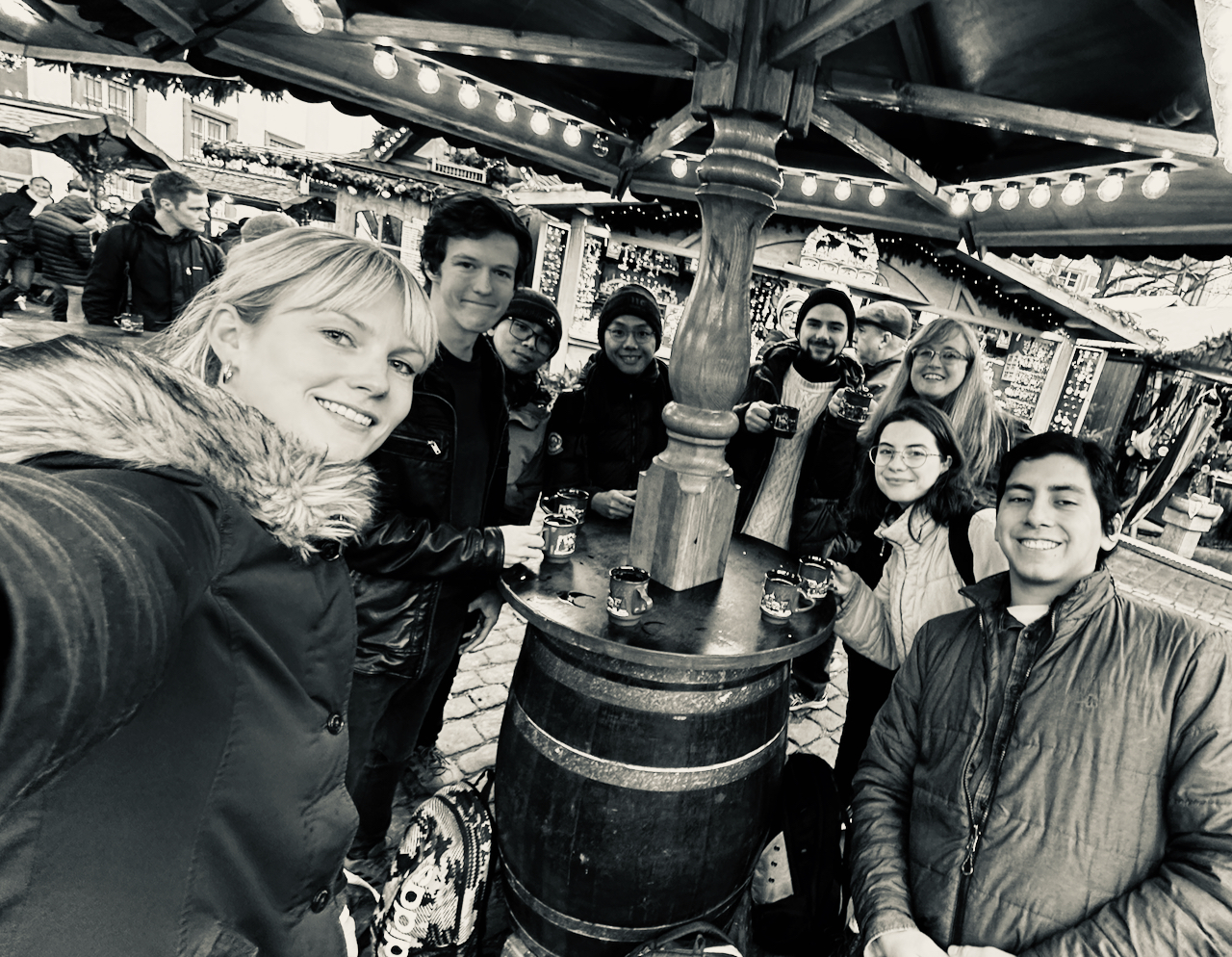
The GALENA group at Heidelberg Christmas market.
|
Nov 2022 |
New paper by Caroline Bertemes on molecular gas depletion times and metallicity gradients. Congratulations Caroline! ADS Link |
Oct 2022 |
|
Sep 2022 |
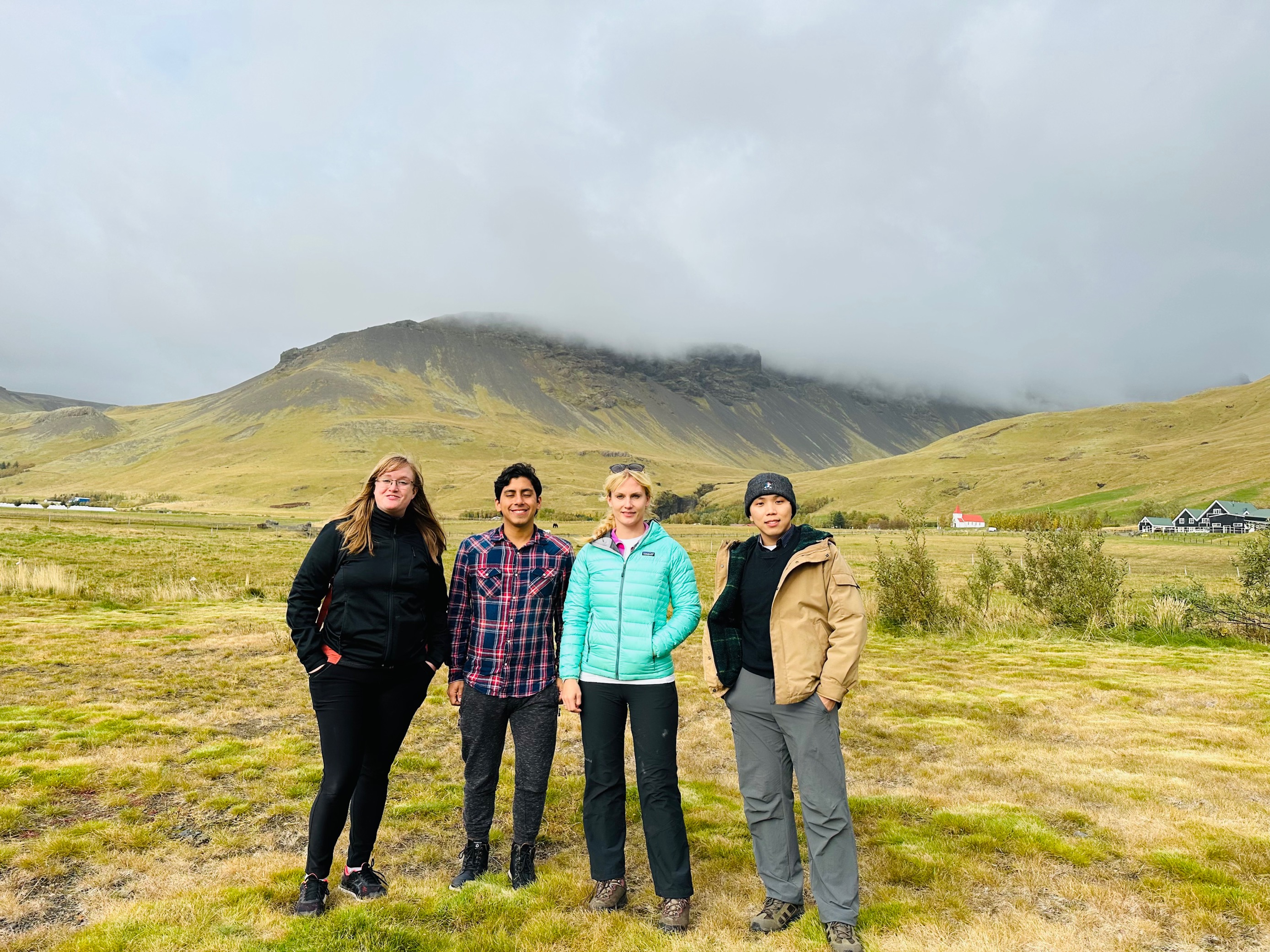
Part of the group at the AGN Growth conference in Iceland: Link |
May 2022 |
Marco Alban defends his Master thesis. Congratulations Marco! He will join our group as a PhD student later that year. |
Nov 2021 |
New paper Wylezalek et al., MNRAS, accepted ADS Link |
July 2021 |
Wuji Wang's first first-author paper on the "Mapping the invisible circumgalactic medium around a z ~ 4.5 radio galaxy with MUSE" has been accepted for publication in A&A. Congratulations Wuji! ADS Link |
July 2021 |
Chuanming Mao defends his BSc Thesis on the "The 3D rest-frame UV view of high-redshift radio galaxies". Congratulations Chuanming! |
July 2021 |
ESO UVES proposal accepted! |
July 2021 |
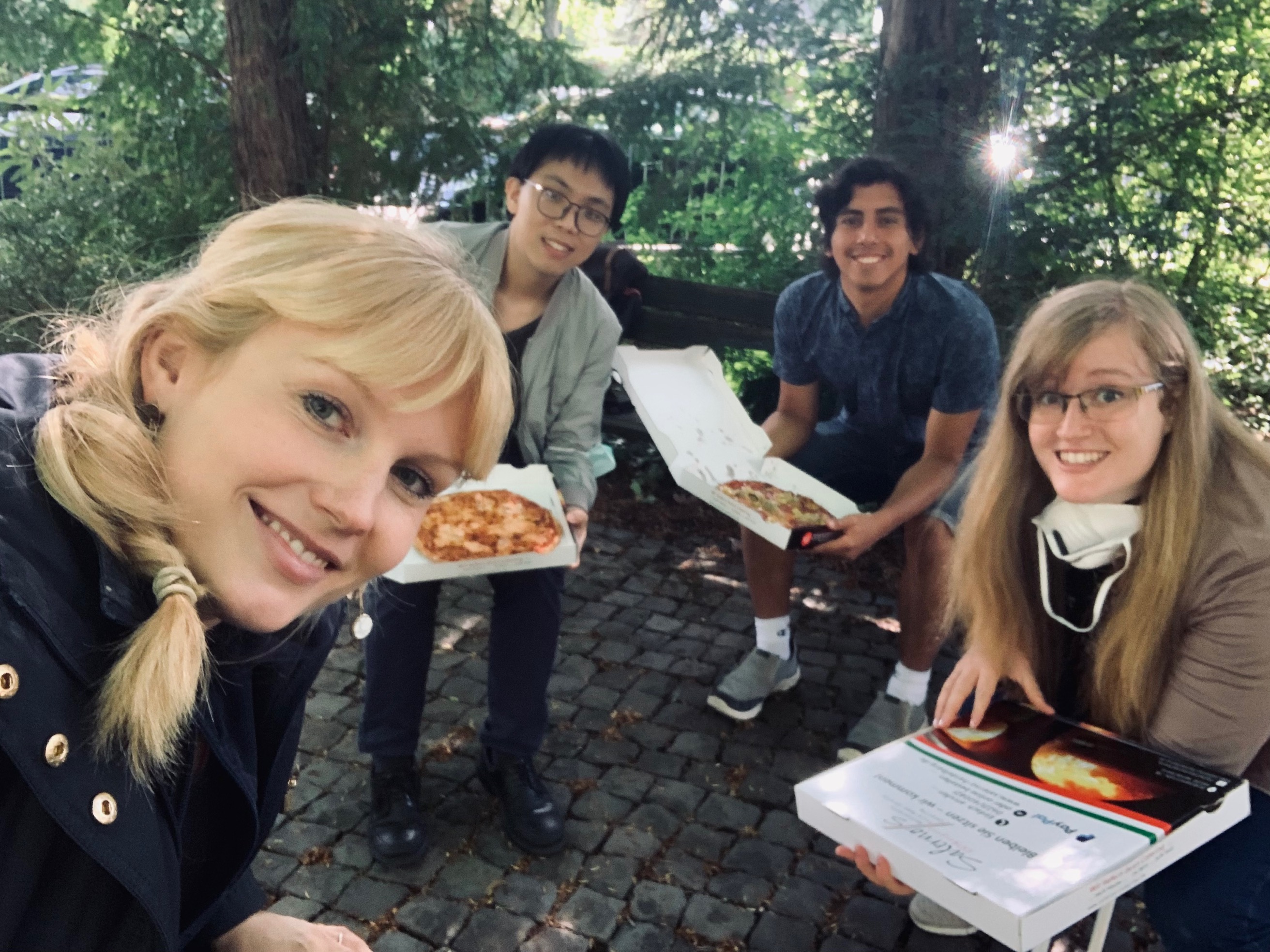
First full in person group meeting in 3D! |
April 2021 |
Wuji Wang's JWST Cycle 1 Proposal approved. Congratulations Wuji! Link to press release , Link to Unispiegel article (page 5)
|
| Jan 2021 |
Video Portrait about our JWST Early Release Science Project: German Version, English Version |
Sep 2020 |
The GALENA Emmy Noether Group starts its work. Department Press Release , University Press Release |




